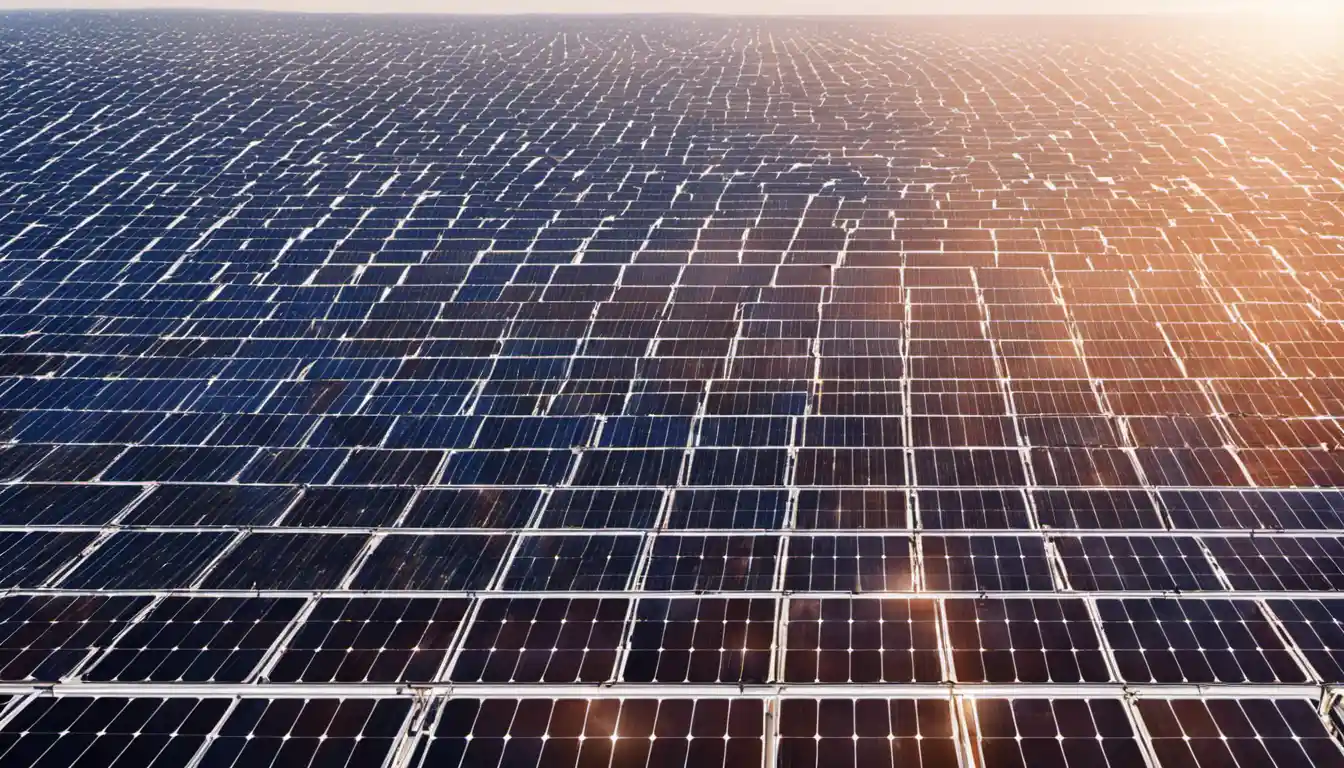Understanding Solar Charge Controllers
To size a solar charge controller, you first need to determine the amount of current your solar panels produce, measured in amps, and your battery bank’s voltage. Typically, the size of the solar charge controller is calculated by taking the solar panels’ total wattage and dividing it by your battery bank’s voltage. This will give you the minimum amps your controller needs, and it’s often recommended to get a controller with a higher capacity to handle potential increases in power.
What is a Solar Charge Controller
A solar charge controller is a crucial element in guarding the lifespan and functionality of your solar energy system. It directs the flow of energy, reducing rates when batteries are full and preventing complete discharge. To dig deeper into the functions of a solar charge controller, you might want to head on over to our helpful page on what a solar charge controller does.
Types of Solar Charge Controllers
Now, let’s talk about the two main types of solar charge controllers: Pulse Width Modulation (PWM) and Maximum Power Point Tracking (MPPT).
PWM Solar Charge Controllers
In the world of solar power, PWM Solar Charge Controllers are the long-standing veterans. They are reliable and have a straightforward mechanism, making them an affordable option that people have trusted for years.
MPPT Solar Charge Controllers

An MPPT Charge Controller, on the other hand, maximizes the charge going into the battery. It adjusts its input voltage to harvest the maximum power from the solar array and then uses this increased energy to provide the charging current.
Importance of the Correct Size Solar Charge Controller
While it might seem convenient to grab the first or cheapest controller off the shelf, think again. Accurate sizing of a solar charge controller is critical as it can make a defining difference between efficiency and waste. It determines the system’s potential and safeguards your battery against dangerous overloads.
Sizing a Solar Charge Controller: The Mathematics
Figuring out “how big of a solar charge controller do I need” involves some calculations. But don’t fret! I’ll guide you through this step-by-step.
Calculating the Total Watts of the Solar Array
First, you need to get the total wattage produced by your solar panels. If you’re using multiple panels, just add the wattage of each panel to calculate the total watt output.
Determining the Voltage of the Battery Bank

Next, identify the predetermined voltage of your battery bank, which is often 12, 24, or 48 volts. Remember, DC systems tend to use these standard voltage levels.
Deriving the Output Current of the Charge Controller
Now, divide the total wattage of your solar array by the voltage of your battery bank. That’ll give you your solar charge controller’s necessary minimum capacity in amps.
Examples of Solar Charge Controller Sizing
Let’s say you have a 400W solar panel system and a 12V battery bank. You would divide 400 by 12, giving you a minimum of 33.33 Amps. This means your solar charge controller should be at least 34 or 35 Amps.
How Big a Solar Charge Controller Do You Need?
Do you choose a 35A solar charge controller? Maybe a 40A… or a 45A? It boils down to your personal or project needs, as well as future expansion plans.
The Significance of Over-Sizing

As a rule of thumb, it’s better to slightly oversize your solar charge controller for two main reasons – it accommodates potential system growth if you decide to add more panels, and it provides a buffer for peak power events.
The Consequences of Under-Sizing
Undersizing has the potential to strain your controller, leading to a shorter lifespan and possible malfunctions. Oversizing your controller, however, provides a safety net. You’ll find that knowing how to size a solar charge controller correctly can save you time, money, and a lot of headaches along the way.
Using Charge Controller Sizing Tools
While calculations can give you a clear picture, some might prefer to use online sizing tools offered by most solar charge controller manufacturers. Such tools are designed to aid in finding the right size while minimizing calculation errors.
Choosing the Right Solar Charge Controller
When it comes to making the choice between MPPT or PWM, you have to weigh the cost against your needs and the specifications of your solar module.
Additional Tips on Solar Charge Controller Sizing
For an even safer margin, some industry practitioners recommend sizing up the controller based on the short-circuit current (Isc) of the panels plus 25%. This guarantees that your controller won’t be strained under peak sunlight conditions.
By following the above steps and tips, you now know how to size a solar charge controller for maximum efficiency. Whether you’re a seasoned installer or starting your DIY solar energy project, knowing this can be a game changer!
Always remember, the right solar charge controller isn’t just about the size; it contributes significantly to the operational safety and efficiency of your entire solar energy system. Happy sizing!



